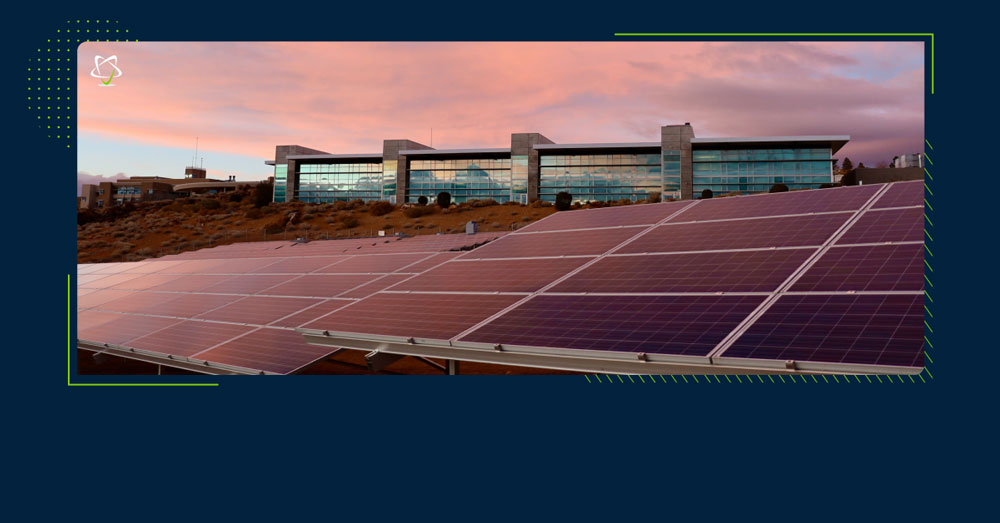Solar energy continues to impress, with the International Energy Agency (IEA) forecasting annual additions to surpass 160 GW by 2022.
That’s just shy of 50% higher than pre-pandemic levels, during which the solar industry was already doing remarkably well!
In the IEA’s own words, these trends have reaffirmed solar’s position as the “new king” of global electricity markets. As far as individual players go, China continues to lead the way in solar investment, accounting for close to 40% of global renewable capacity growth for the past several years. Barring a random freak event, it’s likely this trend holds.
The solar energy market may be stronger than ever, but there’s still more that solar companies can do to empower themselves, their workers, and to advance the renewable energy revolution. These empowering actions fall into one of two categories: disruption prevention and workflow cohesion.
Luckily, addressing these issues is pretty simple, especially because they can be tackled simultaneously with the help of sophisticated software platforms! Let me explain.
Disruption to global electrical grids and supply chains is becoming more common because of climate change.
Even phenomena like pandemics, which we know everyone is tired of hearing about, are closely linked to global environmental conditions. Because the roots of this problem run deep (pun intended), it’s going to stick with us for a while, meaning the sooner solar companies address it, the better.
Sophisticated software platforms produce comprehensive, accurate, real-time solar performance data, allowing teams to establish early on when a solar array is underperforming or showing signs of weakness. This is hugely beneficial to a company’s bottom line, as operations and maintenance — or O&M — is most cost-effective when performed in a preventative manner.
This forward-thinking approach — which is enhanced by software platforms — minimizes error and maintenance-related asset downtime. This, in turn, reduces asset reliance on global supply chains, namely for replacement components, which protects against sudden disruption and price gauging, like what we’ve seen during the pandemic.
Portfolio owners who invest in the right software platforms reap the benefits of improved electricity production, greater asset reliability and longevity, and lower O&M costs. Altogether, these make for some serious cost savings — and one heck of a competitive advantage.
When it comes to advancing and simplifying organizational cohesion, the benefits of software platforms, which offer collaborative integrations along with centralized data control, are unrivalled.
The importance of clear internal communication will continue to grow as solar portfolios’ production capacity and technological complexity do. Solar companies no longer represent a niche part of the energy market — the IEA forecasts that the solar market will represent more than half of global renewable growth over the next few years.
Supporting this growth has led solar companies to enlarge their professional teams and strike new corporate partnerships, resulting in massively increased business complexity. This problem is compounded by the rapidly growing number of innovative solar technologies available on the market.
Today’s sophisticated, integrated software platforms overcome business complexity by streamlining information into more digestible components, thereby helping solar professionals manage their time more efficiently. Additionally, these platforms concentrate data sets from various technologies into a single, comparable format.
Solar companies should invest in software platforms right from the get-go rather than waiting until business complexity forces their hand. This tends to be the cheapest option for companies anyways, as upgrading core, company-wide technologies down the line tends to be a more laborious and expensive task. Additionally, staff training expenditures can be reduced this way!
Digital technologies continue to drive unprecedented opportunities for solar energy and other environmentally friendly technologies. Integrations in asset management and enterprise resource planning combined with comprehensive performance monitoring make modern software platforms a must-have for solar companies.
However, despite the many benefits these sophisticated programs offer, the solar industry has yet to adopt them en masse. For now, this means that there is a huge, relatively untapped opportunity — one which is capable of delivering clear competitive advantages for solar firms wise enough to take notice.




